SABR, Baseball Statistics, and Computing: The Last Forty Years
In 1971, the year SABR was founded, the analysis of baseball…
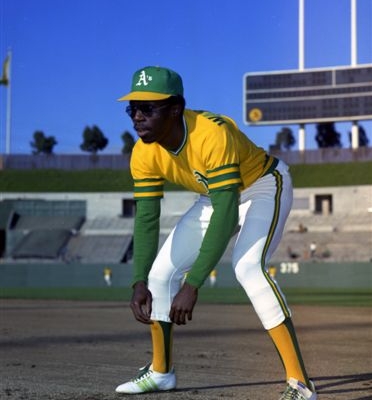
Designated Runner: Herb Washington
Herb Washington went to Michigan State for track and became a…
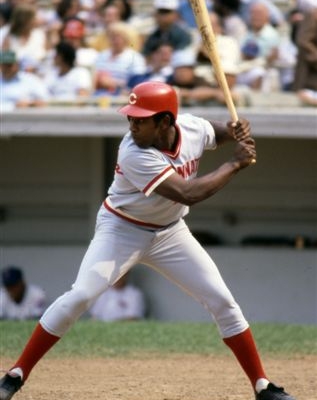
The DH in the World Series: Interesting Facts
Here are some interesting facts about usage of the designated…
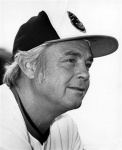
1977: When Earl Weaver Became Earl Weaver
All managers think about strategy, but one can argue that no…
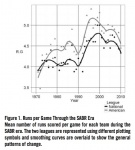
A Graphical View of the SABR Era
INTRODUCTION
Baseball has had a rich history in the forty years…
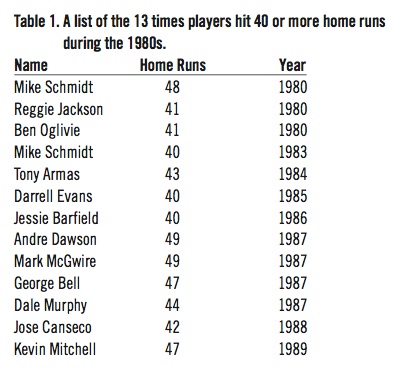
Baseball’s Forgotten Era: The ’80s
The 1980s was a decade of transition for baseball. Power numbers…
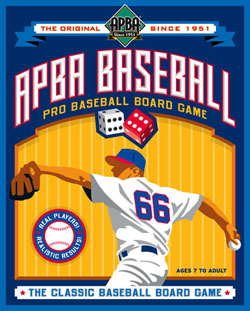
How Would You Like to Manage in the Majors?: Baseball Board Games and Their Dedicated Players
What if? This is one of the most often asked questions of historians.…

Development of the Yankees Scouting Staff
Beginning in 1921 the New York Yankees embarked upon one of the…
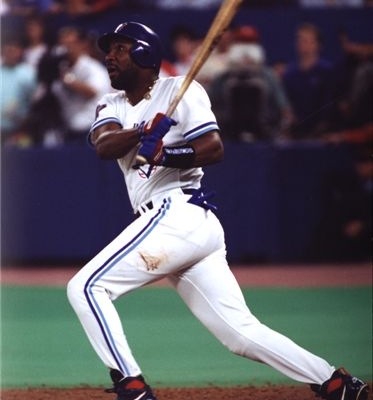
Out of Here: Home Runs in Canada
For a long time, a significant career home run record rested…
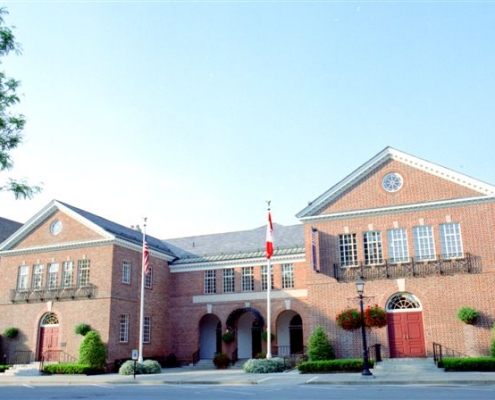
Baseball on Exhibit: Museums in the SABR Era
For better or worse, leisure and tourism have become big business.…
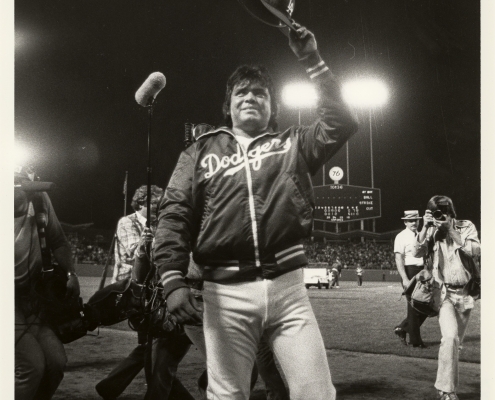
Pitchers in the Field: The Use of Pitchers at Other Positions in the Major Leagues, 1969–2009
INTRODUCTION
Pitchers are a breed apart. On average, they are…
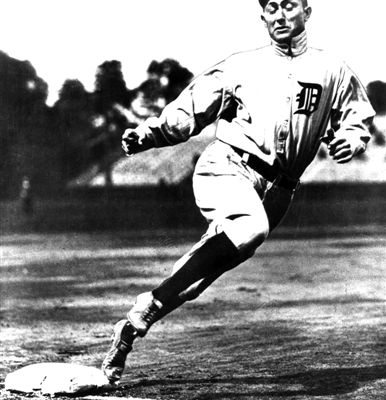
Baseball’s Major Salary Milestones
Baseball milestones are as well known to fans as their own birthdays…
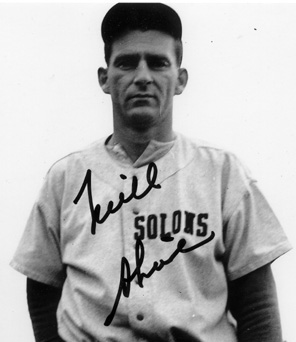
Neill “Wild Horse” Sheridan and the Longest Home Run Ever Measured
On a warm summer evening July 8, 1953, Sacramento Solon Neill…
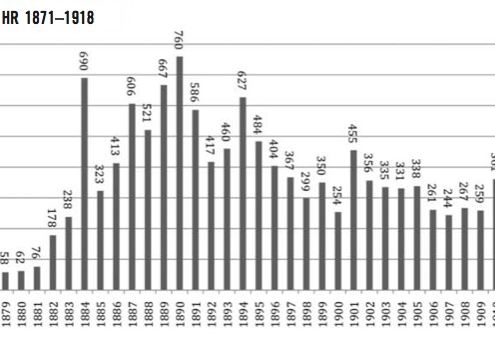
Baseball’s First Power Surge: Home Runs in the Late 19th-Century Major Leagues
Many casual baseball fans and serious sabermetricians alike hold…

Quicker Than Quick: A 31-Minute Professional Game
BACKGROUND: The 2010 SABR convention publication, The National…

The PING Ratings: A Model for Rating NCAA Baseball Teams
BACKGROUND
In 2008 the Fresno State Bulldogs beat the heavily…

Dana Levangie: Every Game is a Road Game
When Jason Varitek sets up low and outside, when Alex Gonzalez…

Gib Bodet: National Cross Checking
Cross-checkers, called regional scouting supervisors by some…

Lou Gorman: ‘You Don’t Win Without Good Scouts’: A GM’s Look At Scouting
As a baseball executive, Lou Gorman worked for more than a third…

Ben Jedlovec: An Intern’s Perspective on the Amateur Baseball Draft
As a baseball operations intern for the Houston Astros during…

Fernando Perez: Waiting For the Call
Speedy switch-hitting outfielder Fernando Perez of Columbia University…

Johnny Pesky, On Signing with the Red Sox
Stripped to the waist, Johnny was working as groundskeeper one…

Dave Baldwin: A Player’s View of Scouts in The 1950s
My first contacts with baseball scouts occurred in 1955 during…

Talent Selection in Youth Baseball: Factors that Predict End-of-Season Success
INTRODUCTION
One of the most appealing reasons for talent research…

